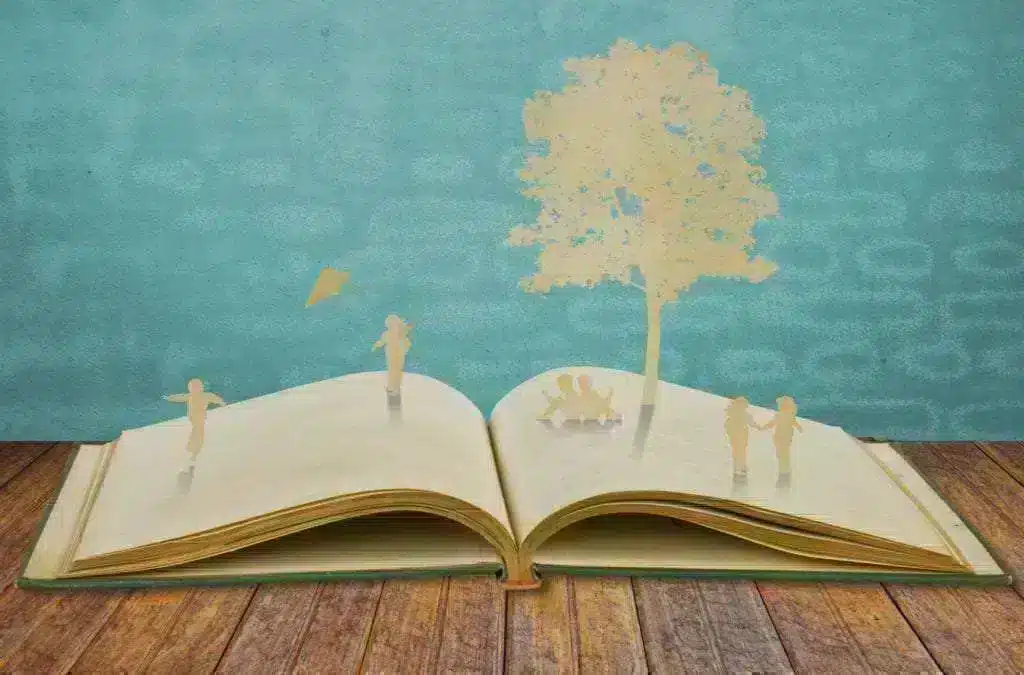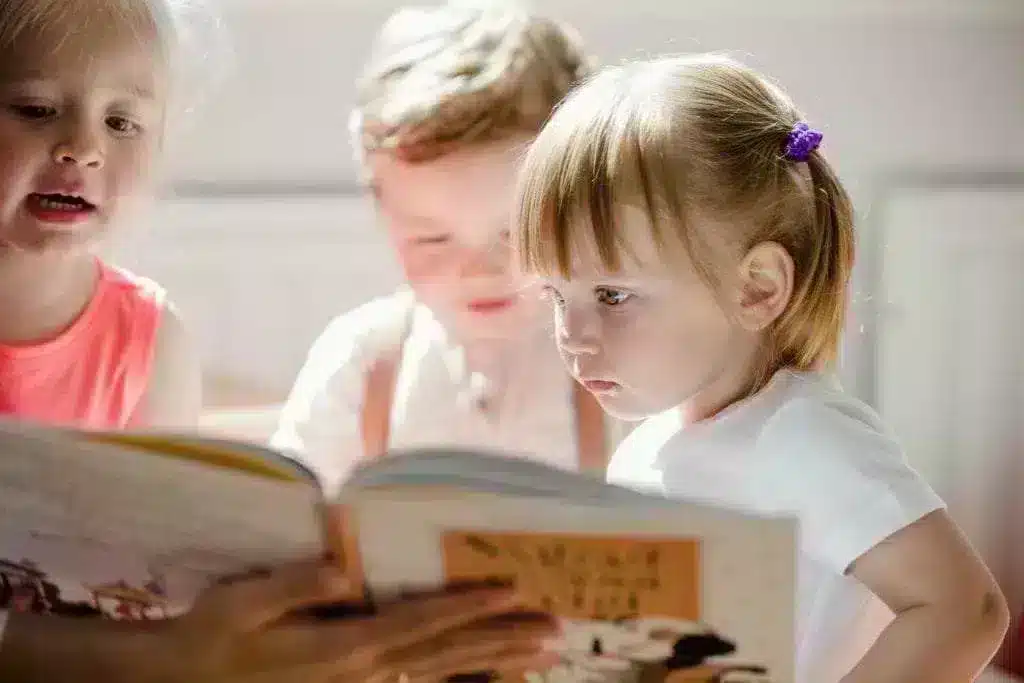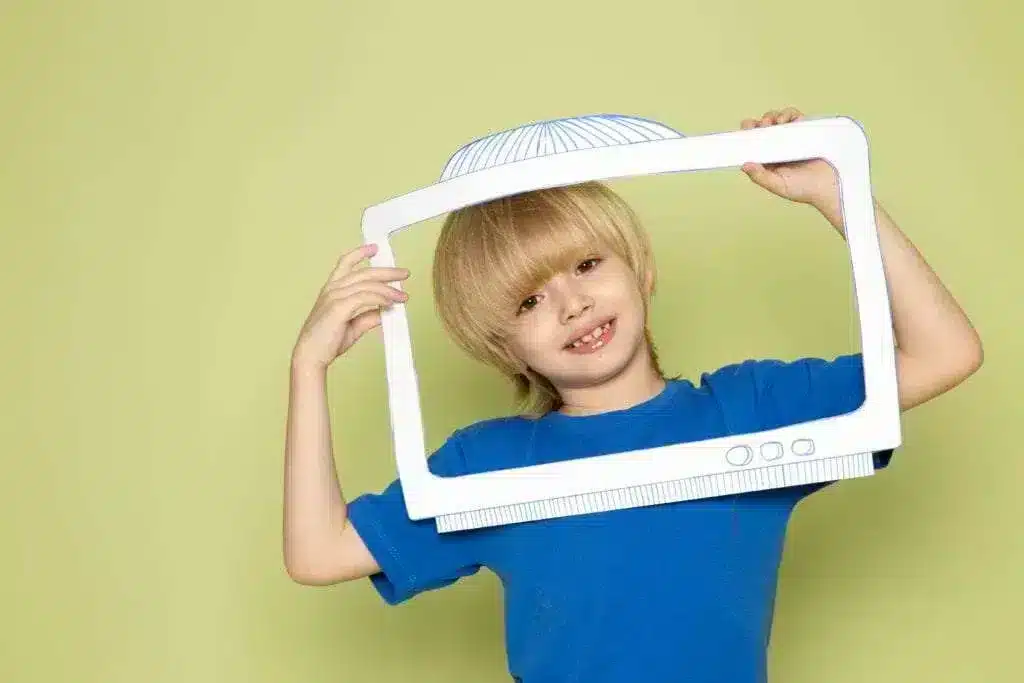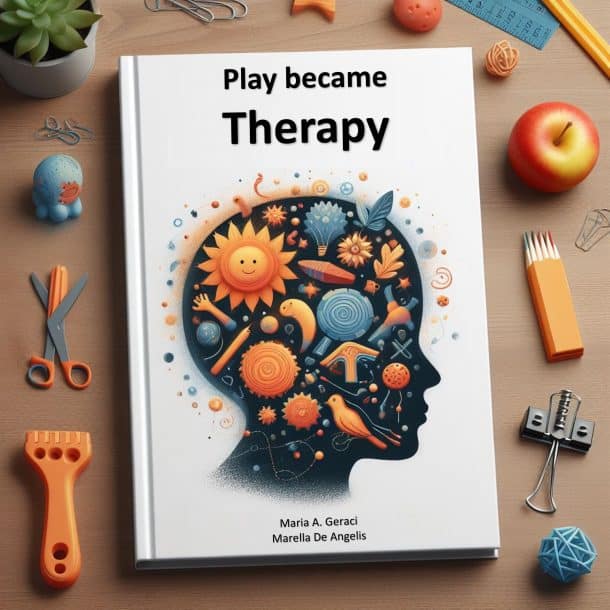THERAPEUTIC STORYTELLING: Storytelling techniques
ART OF STORYTELLING
The use of short stories and storytelling for purposes related to learning and healing is an ancient phenomenon. Everything that happens to us in life is stored in the back of our minds in containers called “stories“. Storytelling is as ancient as language itself and reflects the human need to communicate these experiences with other human beings.
STORYTELLING DEFINITION

Children are always interested in stories, whether they are listening or whether they are the ones who tell them. The storytelling technique has been confirmed as an important clinical intervention since the early two decades of the 20th century. This encompasses a family of techniques, including the child’s storytelling, reciprocal storytelling and the therapist’s storytelling.
Metaphors, stories and fables are tools of therapeutic intervention as they allow children to express their thoughts and feelings and thus gain a deeper understanding of themselves. Through storytelling and compelling story, children develop a personal voice, expressing their unique way of thinking and feeling. Like other forms of fantasy, children’s stories reflect their experiences, emotions and desires.
CHILDREN’S ABILITY TO TELL STORIES
– At 3 years old, children can attempt to tell a story using phrases and short periods of time, but only if supported with many questions and suggestions from an adult. At 3 years old, telling a story about oneself or others becomes an important way for children to make sense of the world.
– By the age of 4 years, children acquire conventional storytelling devices, such as “Once upon a time” and “The end”, and become more fluent in telling a story. At this age, children reach the imaginative peak of their stories, and actions are rarely constrained by the restraints of reality. Although the plots of young children often involve food, sleep and the appearance of a kind figure, violence is the predominant theme. Typically, they tell stories of monsters, death, killing and crashing. The stories are their way of dealing with fears and feelings of aggression
– Around 8 years of age, children’s thinking is developed enough to allow them to apply general principles to concrete situations, that is, to choose the lesson of their story and tell a story with a beginning, a middle and an end.
THE THERAPEUTIC FUNCTION OF STORIES
In the story, the child represents personal stories and life stories (based on their perception of self, others and the world), the problems they are facing and the relationships with significant others. Fantasy, great stories and storytelling can grabbing attention act as a vehicle to deal with problematic situations in a non-threatening way, allowing the child the opportunity to explore and develop more adaptive coping skills. Share stories can help children to cope with emotions, thoughts and behaviors that they are not ready to discuss directly with the therapist. In fact, many times children find it difficult to reveal or openly talk about their feelings about issues or events that disturb them.
Play therapy and the therapeutic use of stories allow children to distance themselves from painful themes, make them less threatening and deal with them indirectly. The therapist will have the opportunity to explore the child’s world from their point of view and identify the child’s interpersonal needs, resources, conflicts, heroes and fears. The child is accompanied by the therapist, in a fun way, through a process of developing less rigid patterns and contrasting irrational beliefs. Sometimes it is the therapist who strategically tells a story in order to synthesize and represent the current condition of the child and to provide new possible endings.
Storytelling can be inserted into the psychotherapeutic process at different times and in different ways depending on the therapeutic purpose. A story can then:
- be spontaneously referred by the child as material useful to the therapist for their understanding of the child itself;
- be used during assessment; and
- be narrated in a more advanced stage of therapy and then be strategically oriented according to the needs of the child, for example working on relational strategies and cognitive patterns.
Storytelling is always an act of co-construction and transformation. Through the re-narration of the child’s story, the therapist models problem solving, lateral thinking, behavioral experimentation and the use of self-affirmations. Stories can be the basis on which characters shape self-affirmations and they can also serve as a metaphor for the development of skills and the transmission of teachings. The moral of the story must offer a hook on which children can hang an alternative construction or an explanation of their experiences.
If inserted in the theoretical framework of cognitive change, storytelling promotes the child’s exploration of:
– their cognitive and emotional experiences,
– their self-affirmations as coping strategies,
– a process of hypothesis verification,
– an alternative problem solving,
– their accurate re-attribution activity, and
– of their behavioral experimentation.
Similar to other cognitive methods and processes, storytelling influences change by promoting a healthy interpersonal relationship and the development of a variety of abilities.
STORYTELLING AND CBPT
The application of cognitive and behavioral techniques through storytelling is aimed at soliciting from the child more rational forms of thought and opinions about himself and the world, thus promoting more adaptive emotional and behavioral responses.
The use of storytelling also helps the child to generate thoughts, emotions and alternative actions to cope with the problems they are experiencing, increasing their problem–solving skills and their sense of mastery of the world. Reading, narrating or listening to stories of other characters provides the child with a corrective experience, as it not only offers the opportunity to identify with positive and adaptive behavior patterns, but also to applY what he has learned from the stories to their real life.

The stories are built to accurately reflect the identity of the child and their situation, and translate it into a positive and achievable resolution of the problem, through an easily accessible language.
BIBLIOTHERAPY AND STORYTELLING

Bibliotherapy consists of the use of already published books that represent and describe a problem similar to that of the child, who identifies with the characters of the story.
Bibliotherapy has expanded over the years to treat a wide variety of children’s emotional and behavioral problems (due to foster care, death and loss, anger management, fear and phobia, separation anxiety, bullying, divorce, trauma, hospitalization, inattention and hyperactivity, theft). These narratives, in their formal structure, start from a critical situation for the character which is an object of identification for the child, particularly emphasizing the role of absolutist and irrational thoughts in determining emotional discomfort (symptoms of abnormal behavior, acquired through classic and/or operative conditioning mechanisms), then modeling the way to overcome the challenge through the assumption of more flexible and rational beliefs.

Storytelling consists of storytelling stories that can take various forms, for example storytelling of the child, the therapist, mutual, through objects, drawings etc.
Since published books may not be available or suitable for children, it is possible to create and/or customize and adapt personal books or stories during the session.
In this way, the therapist can model problem solving and positive self-declarations based on the spontaneity that occurs, while the child becomes an active participant in the change process and is involved in the cognitive change strategies.
Bibliotherapy and storytelling are both methods that allow the child to obtain information about, and solutions to their problems. The ending of the story typically provides adaptive strategies to address the challenges of everyday life. The solutions used by the character in the story suggest possible ways to resolve or face their difficulties. Stories are an excellent therapeutic tool as they create a psychological distance, which allows children to indirectly approach issues that are too threatening and painful to deal with directly.
ARE YOU A THERAPIST AND WANT TO TRAIN IN COGNITIVE BEHAVIORAL PLAY THERAPY?
DISCOVER THE EFFECTIVENESS OF STORYTELLING TO IMPROVE YOUR THERAPEUTIC PRACTICE
Helping children is our mission!

